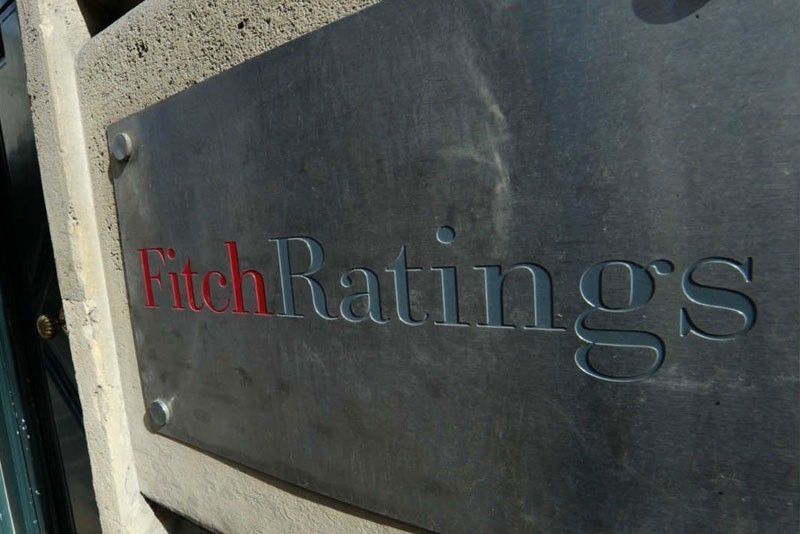Power consumption seen to drop by 6%

MANILA, Philippines — Power consumption in the country is seen to contract by six percent this year as the sector continues to reel from the impact of the COVID-19 pandemic, a unit of credit watchdog Fitch Ratings said.
“We expect the COVID-19 pandemic to continue weighing heavily on the power and renewables sector in the Philippines in the near term, and have made further downward revisions to our forecast,” Fitch Solutions said in its latest commentary.
It added that it now expects power consumption to shrink by six percent and coal generation to drop by 14 percent this year, with further downside risks.
Fitch Solutions pointed that the substantial slowdown in economic activity due to the lockdowns is seen to weigh on power demand and generation.
“We also expect continued headwinds to power capacity growth over the near to medium term, due to government financial constraints, weaker private investments, and ongoing disruptions to labor and supply chains,” Fitch Solutions said.
It expects coal generation to come under the highest pressure from the fall from power demand.
“This is due to a combination of several reasons including coal’s baseload nature, which is typically used to balance power demand fluctuations, and presence of take-or-pay PPAs for gas generators and a ‘must-run’ policy for renewables, which will ensure the continued production of alternative sources,” it added.
Fitch Solutions said it further revised coal generation forecasts further to contract by 14 percent compared to its earlier forecast of an 8.4 percent contraction last quarter as well as its initial forecast of 5.1 percent growth pre-COVID.
It emphasized that several coal-powered plants have already been forced to shut down temporarily.
Meanwhile, Fitch Solutions expects continued headwinds to power capacity growth over the near to medium term.
“We believe that the government is facing increasingly tighter financial constraints as the pandemic drags on. This will see more funds channeled away from infrastructure spending towards other immediate concerns such as supporting the labor market and households through handouts and wage subsidies,” it added.
Over the longer term, Fitch Solutions sees power demand rebounding strongly, which will necessitate stronger capacity growth.
“This is driven by strong macroeconomic and demographic growth, along with government goals to achieve a 100 percent electrification rate by 2022 under the Total Electrification Programme (TEP), which will drive up power demand over the coming years,” Fitch Solutions said.
The Department of Energy (DoE) estimates that an additional 44.8 gigawatts (GW) of new power capacity will be needed by 2040, from thermal sources and renewable energy. It is also looking at nuclear power over the longer term.
Moreover, Fitch Solutions emphasized that the Duterte administration is likely to pivot back to his infrastructure strategy and Build Build Build campaign after the COVID-19 situation improves, which will provide the necessary support for the power sector.
“That said, we remain cautious on project realisation and other delays, particular as its business environment as deteriorated in recent years,”it added.
Fitch Solutions forecasts power consumption growth to increase by an annual average of 4.6 percent between 2020 and 2029, while power capacity will increase by a net capacity of approximately eight GW, as it factors in risks of project delays and realization.
- Latest
- Trending





























